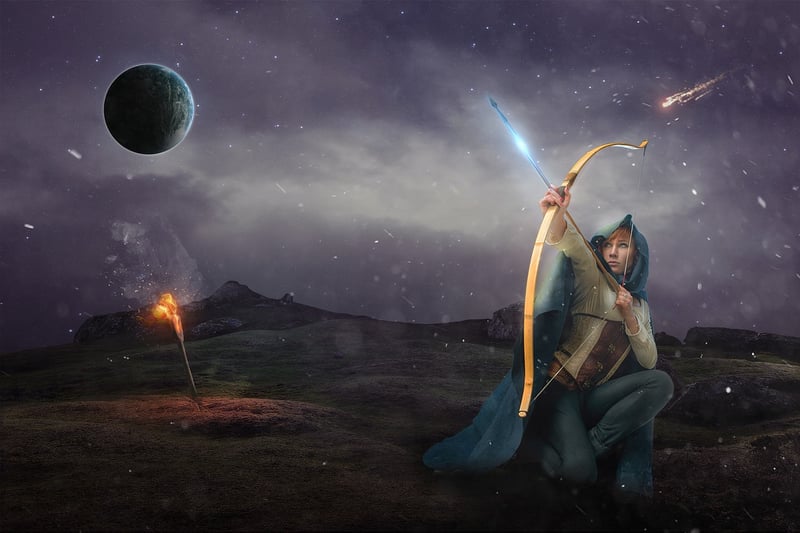Meteor Showers
Marvel at the Beauty of Space and Meteor Showers
Space, the final frontier, has always captivated human imagination with its vastness and beauty. One of the most spectacular displays in the night sky is a meteor shower, a breathtaking phenomenon that never fails to awe us all.
What are Meteor Showers?
Meteor showers occur when Earth passes through the debris left behind by a comet. The tiny particles, often no larger than grains of sand, burn up in Earth's atmosphere, creating bright streaks across the sky known as meteors. These showers are named after the constellation from which they appear to originate, such as the famous Perseids or Geminids.
Best Times to View Meteor Showers
While meteor showers can occur throughout the year, there are specific times when they are particularly impressive. Some of the most popular meteor showers include:
- Perseids – August
- Geminids – December
- Leonids – November
- Lyrids – April
Tips for Watching Meteor Showers
To make the most of your meteor shower viewing experience, consider the following tips:
- Find a dark location away from city lights to avoid light pollution.
- Bring a blanket or chair for comfort while looking up at the sky.
- Check the weather forecast to ensure clear skies for optimal viewing.
- Be patient, as meteor showers can sometimes have lulls between activity.
Experience the Magic of Space
Watching a meteor shower is a magical experience that connects us to the wonders of the universe. So, grab a friend, head outside, and marvel at the beauty of space as nature puts on a dazzling show overhead.

For more information on upcoming meteor showers and stargazing events, visit NASA's website.
